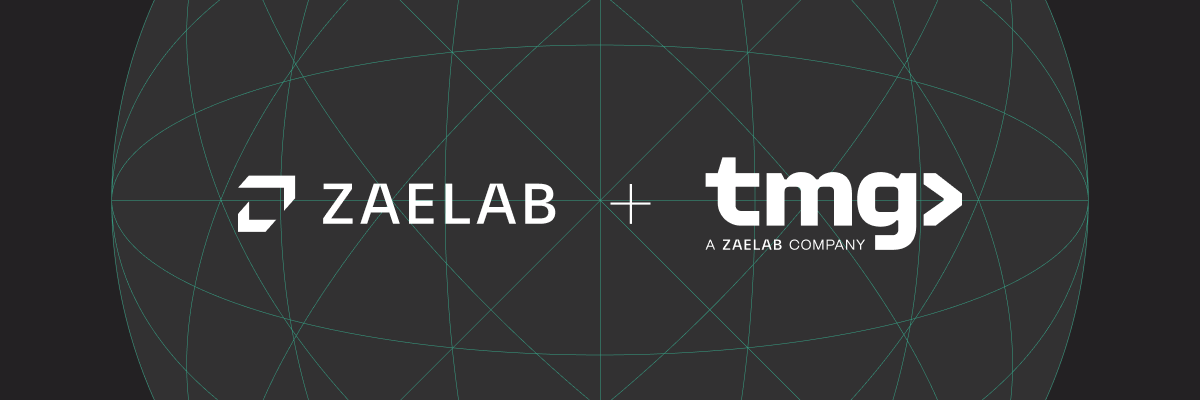It happened, the weather was lovely for late April in Chicago, and 600+ manufacturers and distributors gathered to speak plainly about what pain points they need solutions for around digital experience and ecommerce.
TMG took part, hosting a workshop on actionable UX strategies to drive growth in times of uncertainty, and demoing our embedded Shopify App, Fuse, in the Shopify booth to those looking to migrate or connect their complex backend systems like ERP or OMS to Shopify’s platform. We also hosted a fun after-hours event with Shopify where we customized denim at Levi’s and talked custom commerce solutions that move the needle.
It’s a pleasure to spend time understanding where our customers are currently focusing their energy, time, and budgets, and where they envision taking their businesses in the next year. If you weren’t able to attend, or want to hear the details regardless, we’ve put together a recap of the hottest topics your competitors are thinking about, and strategic recommendations you can take back to your colleagues.
Key Takeaways for Manufacturers & Distributors
1. Data before AI
Generative AI (GenAI) emerged as a pivotal tool, with a majority of B2B companies already leveraging it and planning on increased investment. However, the consensus underscored that AI’s effectiveness hinges on robust data governance and integration. Clean, structured data is essential to maximize AI’s potential in enhancing customer experiences. Let’s walk now so we can run later.
2. Adapting to Next-Gen Buyers
With Millennials and Gen Z projected to constitute 71% of B2B buyers by this year, businesses must evolve to meet their expectations. These groups (not nearly kids anymore) prioritize seamless digital interactions, personalized experiences, and self-service options. Aligning sales, marketing, and customer experience teams is crucial to cater to these preferences effectively.
3. Composable vs. Practical Tech Stacks
While composable, API-first architectures offer flexibility, many organizations are reassessing their complexity and cost. Some are shifting towards more straightforward, integrated solutions that balance scalability with manageability, aiming for practical implementations over theoretical perfection. However – there was also a lot of talk of ditching MVPs and focusing on larger, fully realized projects. Given the uncertain times of today, companies are focusing on stability, but stability means different things to different people. Your mileage may vary.
4. Digital Commerce Enhancing Sales Roles
Rather than replacing sales teams, digital platforms are streamlining processes by handling smaller transactions, allowing sales representatives to focus on strategic accounts. This approach necessitates updated compensation models and fosters collaboration between digital and sales departments. We’ve heard this in years past, but it’s becoming less of a concept and more of a practice in B2B as the shift to ecommerce continues to advance.
5. Customer Experience as a Differentiator
In an era of economic uncertainty and shifting buyer behaviors, delivering intuitive, personalized customer experiences is paramount. Emphasizing trust, transparency, and user control can distinguish businesses in a competitive market. If you’d like to learn more about trust and driving growth in times of economic uncertainty, you should definitely check out TMG’s B2B Online workshop presented by SVP of Client Experience, Frank Cristiano. Send us a line and we’ll send you the presentation and worksheet materials.
Strategic Recommendations
So, to recap, for manufacturers and distributors aiming to thrive in the digital B2B landscape:
- Prioritize Data Quality: Ensure data is clean, structured, and integrated to fully leverage AI capabilities.
- Embrace Buyer-Centric Models: Adapt to the preferences of younger buyers by offering personalized, self-service digital experiences.
- Balance Technology Investments: Evaluate the practicality of composable architectures versus integrated solutions to align with organizational capabilities and goals.
- Foster Cross-Functional Collaboration: Align sales, marketing, and customer experience teams to deliver cohesive strategies and enhance customer engagement.
- Invest in Customer Experience: Focus on building trust and delivering intuitive experiences to differentiate in a competitive market.
By implementing these strategies, businesses can position themselves for sustained success in the evolving B2B eCommerce environment. So what will you tackle first? What improvements will you have made by the time B2B Online 2026 rolls around? TMG is here to talk strategy, roadmap, and implementation when you’re ready to tackle the issues bogging you down.






